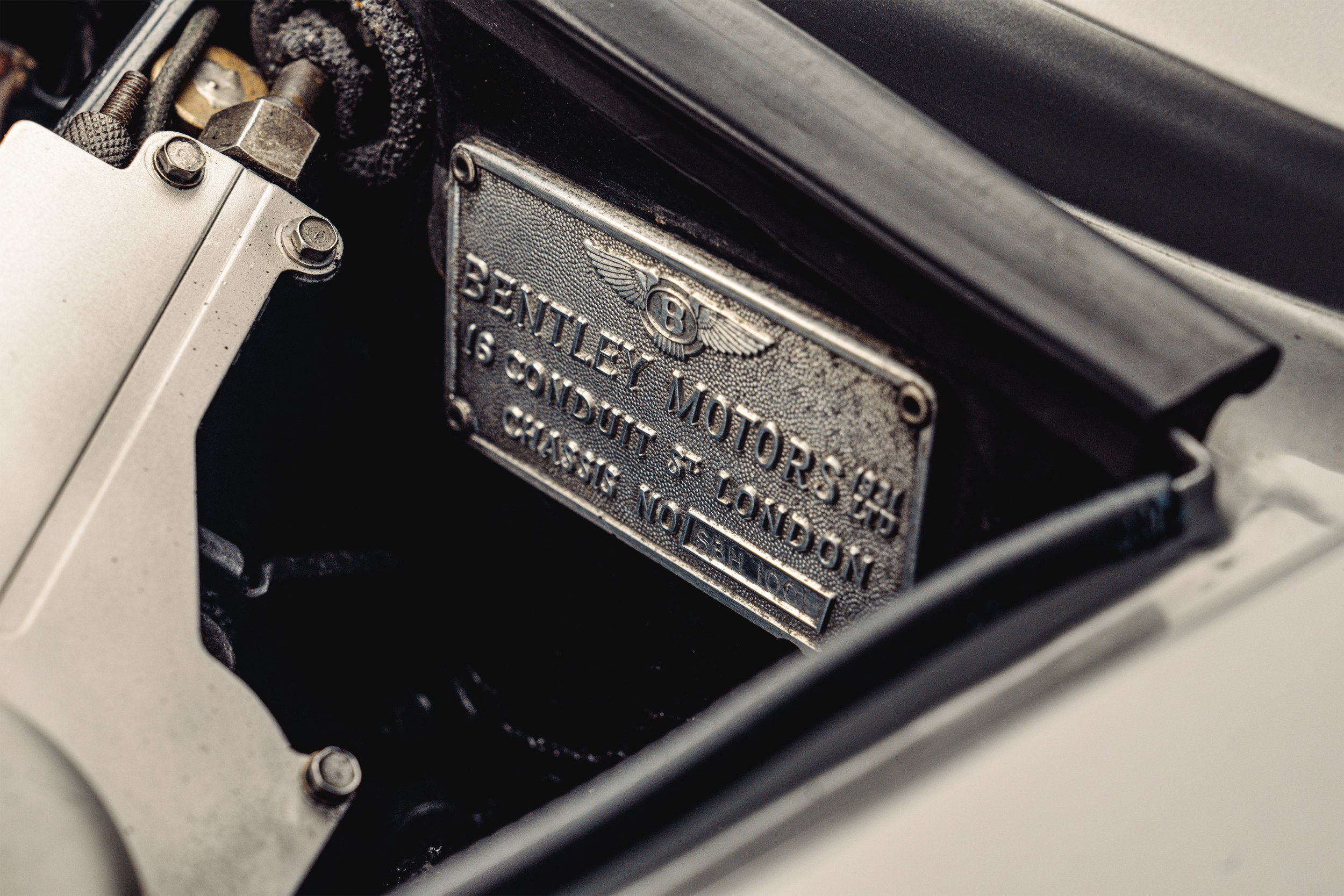Bentley’s First T-Series Restored: A Historic Homecoming to Crewe
After 59 years, the world’s earliest Bentley T-Series, a standard saloon in Shell Grey, has triumphantly returned to Crewe. This vehicle has been sensitively restored, maintaining much of its original machinery and operational gear. It now takes pride in the Bentley Heritage Collection, which includes an array of road and race cars representing Bentley’s 105-year history.
The T-Series chassis number SBH1001, initially utilised as a company trial car, gained prominence following its unveiling at the 1965 Paris Salon de l’Auto. Discovered under a cover in storage, the car had been dormant for decades, missing several critical parts, including the entire interior. Given its significance as the first T-Series—or its Rolls Royce Silver Shadow equivalent—off the production line, it was decided to recommission it, preserving as much of the original vehicle as possible.
Mike Sayer, Head of the Bentley Heritage Collection, remarks: “The T-Series is one of the final elements required to complete our refreshed Heritage Collection. Wayne Bruce, our Chief Communications Officer, and I discovered it hidden under a tarp at the back of a warehouse. Realising it was the first chassis off the line, we felt compelled to rescue it. Now, together with our T-Series Mulliner Coupe, this rejuvenated saloon completes our portrayal of Bentley’s heritage from the 1960s and 1970s. It is an exemplary model, notable for being the first Bentley with a unitary monocoque construction.”
The restoration began with Bentley apprentices taking apart and evaluating the car before entrusting it to the expertise of P&A Wood. These specialists in the preservation and restoration of classic Bentleys and partners in the Heritage Collection projects took meticulous care in the vehicle’s restoration. Louise Wood, daughter of co-founder Andrew Wood, led the project, supported by Dave Lowe, a 23-year P&A Wood veteran.
Despite years of neglect, essential components of the T-Series, such as the drivetrain, were found to be in surprisingly good condition. The engine sprang to life after 15 years of silence with just a comprehensive service, and the gearbox merely required minor adjustments. The rear axle was also in good shape, needing only new seals.
However, the team faced substantial challenges, including the absence of a dashboard, no interior trim, and a fragmented wiring loom without a detailed diagram. There was also corrosion around the rear subframe and evidence of previous low-quality crash repairs. With few replacement parts readily available, the team sourced a donor vehicle from an early model to align with the T-Series’ evolving specifications. Every detail was scrutinised, down to the correct (Rolls-Royce) logo on the seat belt buckles and the absence of wing mirrors.
The T-Series also featured cutting-edge Vibrashock mounts and a dual-circuit hydro-pneumatic ride height control system, which were extensively overhauled. All hydraulic hoses were replaced, and unique components like the brake distribution valves were restored to complete operational condition. Rewiring and installing the dashboard were major undertakings, demanding immense effort and persistence.
Regarding the bodywork, the paint was stripped to reveal poorly executed past accident repairs and inconsistent panel gaps. One corroded rear wing had to be replaced, after which the entire vehicle received several applications of 2k high build primer, each meticulously sanded once dry. Dave Lowe explained, “We spent much time softening the panel edges to ensure they didn’t appear as if carved from filler. And although we use modern two-pack finishes, we strive to adhere to Crewe's traditional methods.” This included a final sanding with 8000 grit abrasive followed by machine polishing. The brightwork and bumpers were cleaned and polished, retaining the car’s original patina.
This restoration marks a new chapter for the T-Series, which has been reunited with its original press office registration number, 1900 TU, and added to the Heritage Collection. Alongside the other 45 cars in the collection, the T-Series will reside on Bentley’s campus in Crewe, England, maintained in drivable, road-legal condition for use as needed.
In 1958, the design process began for the first monocoque Bentley and Rolls-Royce, which would replace traditional coachbuilt bodies with a separate chassis. By 1962, John Blatchley had finalised a new design for a steel and aluminium monocoque body that enhanced passenger space while reducing the overall dimensions of the previous S3 model.
The newly developed 225 bhp, 6.23-litre V8 engine underwent rigorous testing, including endurance runs exceeding 100,000 miles. This engine was recognised for its high specific output relative to its weight, which was the best in the world then. Design innovations included separate subframes for the engine, transmission, suspension, steering, and rear axle assemblies, with ‘Vibrashock’ rubber mounts developed to isolate road noise and vibrations.
The T-Series, acclaimed for its revolutionary engineering, was the first Bentley to move away from a separate chassis construction. Its lightweight build delivered an impressive performance for a four-door saloon in 1965, achieving a top speed of 115 mph and accelerating from 0 to 62 mph in 10.9 seconds.
A total of 1,868 first-generation T-Series vehicles were produced, predominantly as standard four-door saloons, retailing pre-tax at £5,425.












